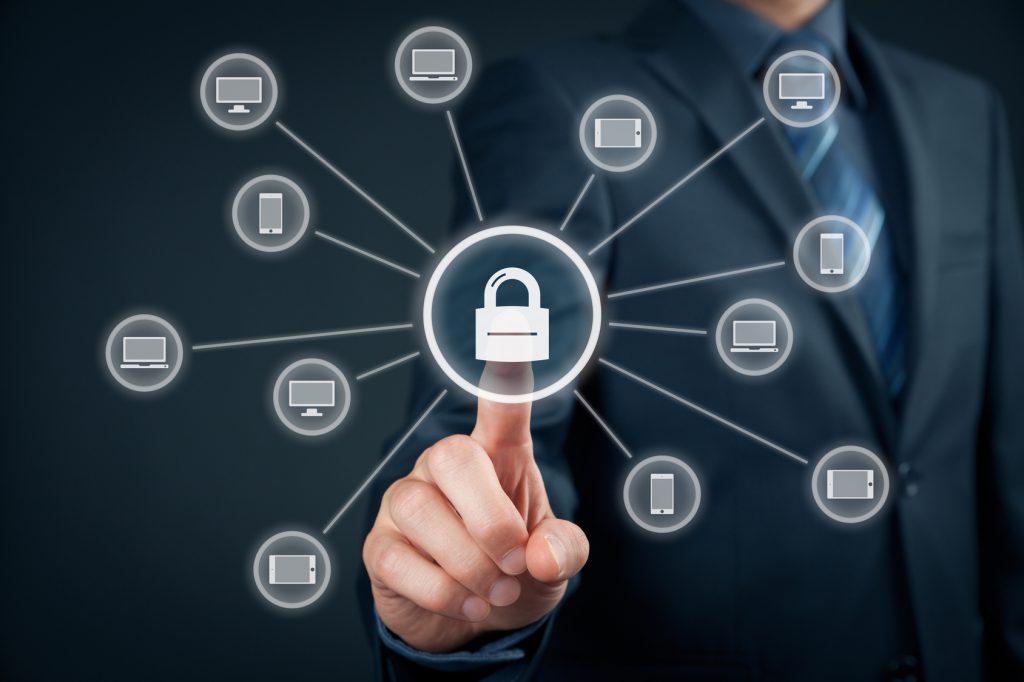Four ways Windows 10 protects you from modern threats
In today’s world, working from 8 to 5 is rapidly becoming a thing of the past, and as our work habits change, so do the devices we use to get the job done.
To prepare for this new era of mobility, Microsoft and its hardware partners have developed several new security features to help keep your data safe. Using Windows 10 devices in combination with the sixth-generation Intel Core vPro processor, you can work wherever you are while ensuring your information is kept secure and private.
So how exactly do the new Windows 10 devices protect your information? Here are four features that help you safeguard your data, while enabling you to work from any device you choose:
- Bitlocker drive encryption: Laptops, tablets and cell phones are often left unattended, and they’re easily lost or stolen. Bitlockerworks in combination with a Trusted Platform Module (TPM) microchip built into the computer to ensure that if that happens, your device can’t be tampered with. With Windows 10, the entire Windows operating system volume is encrypted and can’t be unlocked without a valid key. So even if hackers remove your hard disk and install it into another computer, they won’t be able to access your information.
- Credential Guard: With older operating systems, your identity sat unprotected in the memory of your computer, making it susceptible to hackers. If hackers obtained access to your computer via a virus or other malware, they could steal your identity and continue to use it from other computers. With Credential Guardin combination with a TPM-supported mobile device, user domains are now encrypted and hidden in a secret virtualised area. So if a hacker tries to steal your identity, the information remains encrypted and the hacker is out of luck.
- Device Guard: Device Guarduses a combination of enterprise-related hardware and software security features to lock down a device so that it runs only applications authorised by your organisation. If an application hasn’t been approved, it won’t run. This feature helps prevent you from inadvertently downloading malicious software onto your device.
- Enterprise data protection: As more people use their personal devices for work, the risk of disclosing sensitive information to the public via email, social media or the cloud increases. Enterprise data protectionallows organisations to protect their information even when it’s stored on your personal device. For example, your IT manager can set up your PC and mobile device to prevent confidential information from ending up in the wrong hands.
Combined, these features go a long way toward helping you protect your data. And in the new era of the mobile workplace, working securely is key. To learn more, take a look at our Windows 10 security overview.
